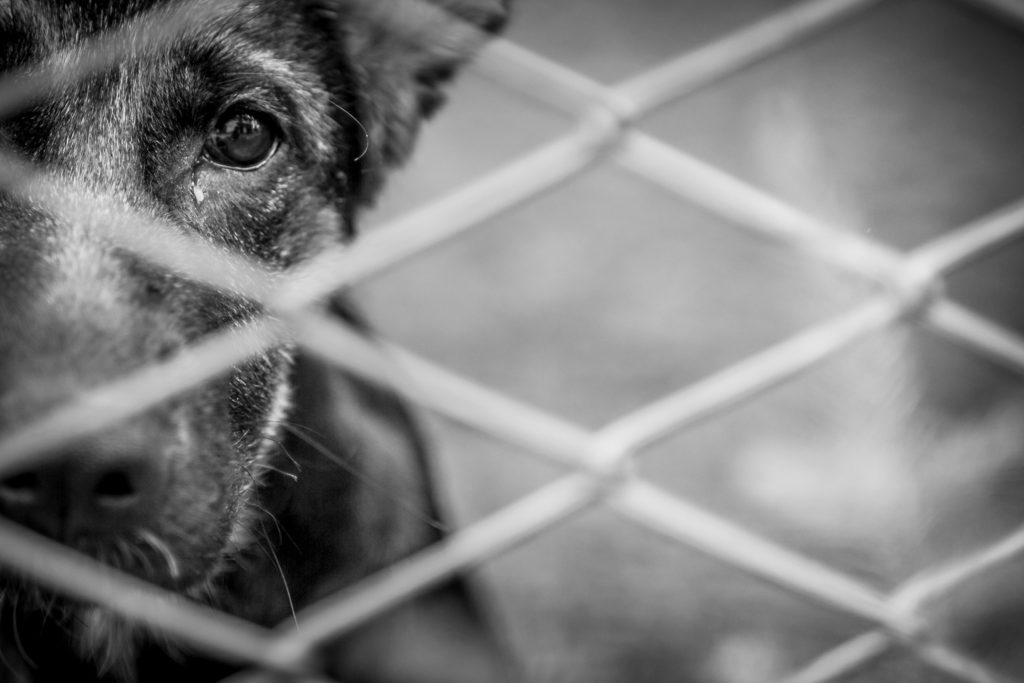September 29, 2021
The Threat of Dog Importation
Several years ago, I received an email from a former OHS board member who I hadn’t heard from in years. The subject line was: “My soul is breaking.” You see, she had moved to Italy with her military husband and she was volunteering at a shelter. In Italy, there were thousands of homeless dogs with no prospect of a home, essentially warehoused for life because the government declared the country “no-kill.” She asked if the OHS might import some of the dogs to Canada.
I explored the request with OHS staff to see if we could feasibly welcome Italian dogs. Our chief veterinarian provided an interactive map of canine disease around the world. The map was frightening. There were many canine diseases then not introduced to Canada. Our chief veterinarian’s primary concern was leishmaniasis, and on the map, Italy stood out as a hotbed for the disease. The disease was absent in Canada and still is.
On top of the concern about leishmaniasis, I was aware of many other potential threats from imported dogs to our local pooches: canine influenza, rabies and a small bunch of others that I can’t pronounce. I attended a workshop on imported parasites that alarmed me even more. One particularly nasty one — as yet rare in Canada — is called alveolar echinococus, or EA. This disease is caused by the tapeworm echinicoccus multilocularis, which is transmissible to humans. This parasite was hard to identify because it mimics cancer. The parasite is believed to have been brought to the country in dogs rescued from Greece.
I thought about the decision long and hard. I thought of canine parvovirus, or parvo. Unheard of in Canada just 45 years ago, parvo is now widespread, a constant fear for shelters, and an expensive heartbreak for dog owners. I didn’t want the OHS to be remembered for introducing parvo’s successor to Canada’s dogs. So, with sadness, I declined.
The pandemic has fueled a huge demand for dogs. Prices have skyrocketed and this has led to an increased number of disreputable players on the market. Dogs are flown to Canada en masse and many have died or become sick along the way. Many have also arrived without vaccination and with falsified medical records.
Not all dogs are brought in by shady dealers. Some are brought in by reputable rescues and humane societies, but there are still concerns with these well-meaning importations.
I remain wary of bringing dogs from southern climates or distant countries to Canada. Though others take the risk, the OHS does not. North to south transfers tend to be much safer and for years, the OHS has rescued dogs from Canada’s north. We accept transfers from other relatively local partners. We do our part. But we don’t want to be a part of introducing a new epidemic in dogs to our community or to our country.
Bruce Roney
President & CEO

